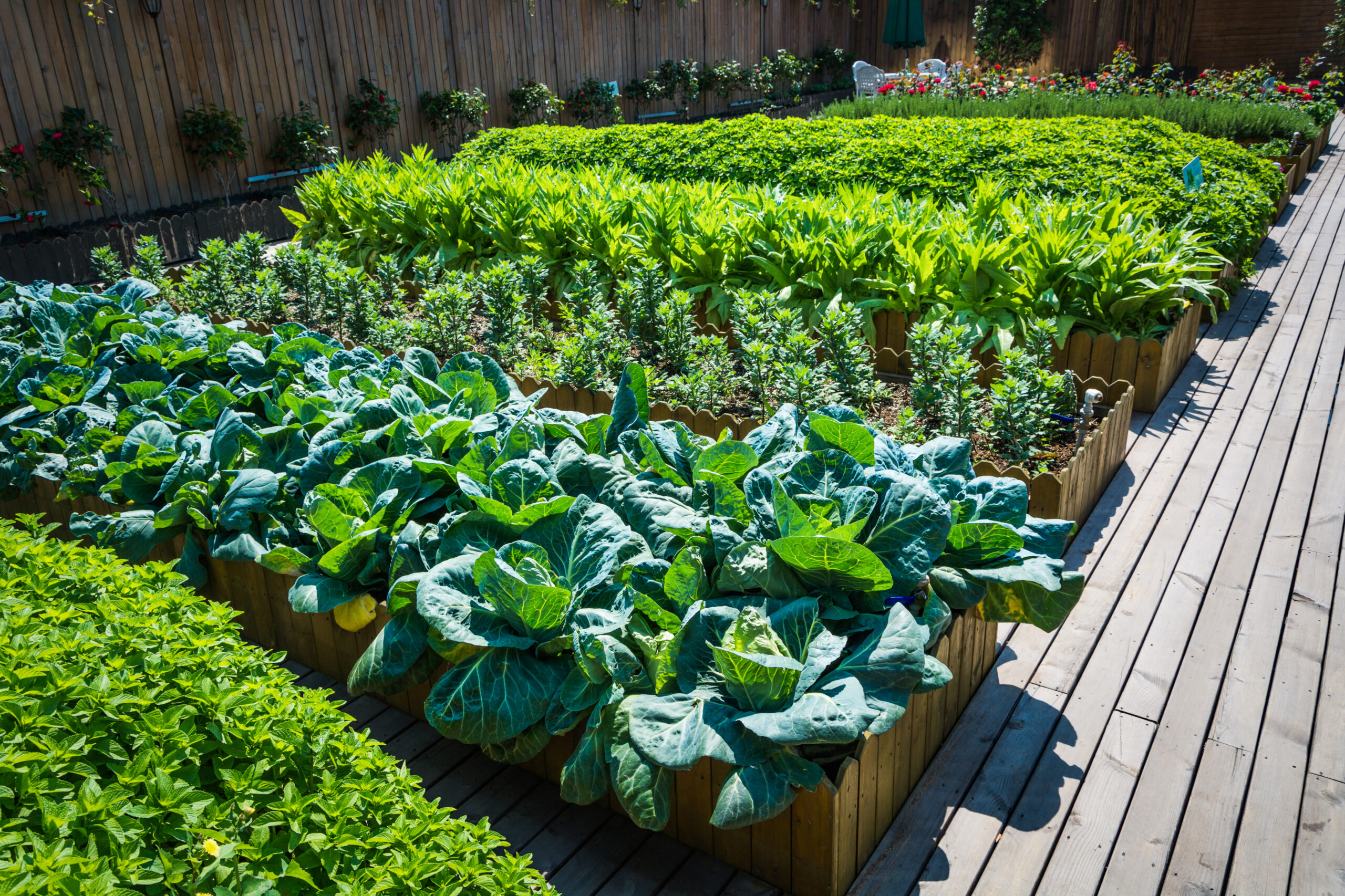Gardening doesn’t require a large backyard or acres of land. With a container vegetable garden, you can grow fresh, healthy vegetables right on your balcony, patio, or even indoors. Container gardening is perfect for beginners, urban dwellers, or anyone looking to enjoy homegrown produce without a full-scale garden.
Starting a container vegetable garden at home is not only fun and rewarding but also a sustainable way to bring more greens into your life.
Why Choose a Container Vegetable Garden?
There are many benefits to growing vegetables in containers:
Space-Saving – Perfect for apartments, balconies, and small yards.
Control Over Soil – You can choose the best potting mix for your plants.
Mobility – Move containers to catch sunlight or protect plants from harsh weather.
Pest and Disease Management – Easier to monitor and prevent infestations.
Accessibility – Ideal for people with limited mobility, as containers can be placed at convenient heights.
Container vegetable gardens make it easy for anyone to enjoy gardening, regardless of space limitations.
Step 1: Choose the Right Containers
The first step is selecting containers that suit your space and the type of vegetables you want to grow.
Size Matters – Larger containers allow roots to spread and produce bigger yields. For example, tomatoes and peppers need deep pots, while lettuce and herbs can grow in smaller containers.
Material Options – Plastic, ceramic, clay, and fabric pots all work. Plastic and fabric are lightweight and easy to move, while clay helps with moisture control.
Drainage – Ensure containers have drainage holes to prevent waterlogging and root rot.
Step 2: Pick the Best Soil
Healthy soil is the foundation of any successful garden. For container vegetable gardening:
Use a high-quality potting mix, not garden soil, which can compact and hinder root growth.
Add organic compost to enrich the soil and improve fertility.
Consider adding slow-release fertilizers to provide steady nutrients throughout the growing season.
Good soil ensures your plants grow strong, healthy, and productive.
Step 3: Select Vegetables to Grow
When starting a container vegetable garden at home, choose plants that thrive in pots and your climate:
Leafy Greens – Lettuce, spinach, and kale grow quickly and are perfect for small containers.
Herbs – Basil, parsley, cilantro, and mint are easy to grow and handy for cooking.
Fruiting Vegetables – Tomatoes, peppers, and dwarf varieties of cucumbers and eggplants do well in larger containers.
Root Vegetables – Carrots, radishes, and beets can grow in deeper containers with loose soil.
Starting with easy-to-grow plants boosts your confidence and ensures early success.
Step 4: Planting and Spacing
Proper planting and spacing are crucial for healthy growth:
Follow the spacing instructions on seed packets or plant labels.
Don’t overcrowd containers, as it can lead to poor air circulation and stunted growth.
Consider vertical options, like trellises or cages, for climbing plants to save space.
Step 5: Watering and Sunlight
Container gardens require consistent care:
Watering – Containers dry out faster than garden beds, so check soil moisture daily. Water when the top inch of soil feels dry.
Sunlight – Most vegetables need at least 6 hours of sunlight daily. Place your containers in a sunny spot or supplement with grow lights if growing indoors.
Proper watering and sunlight are key to a thriving container garden.
Step 6: Fertilizing and Maintenance
Even with good soil, container plants need nutrients to flourish:
Use organic liquid fertilizers every 2–4 weeks for steady growth.
Monitor for pests like aphids, whiteflies, or spider mites and treat naturally with neem oil or companion plants.
Regular maintenance ensures a productive and healthy garden.
Step 7: Harvesting Your Vegetables
One of the joys of container gardening is harvesting your own fresh produce:
Pick vegetables when they’re ripe to encourage continuous production.
Harvest herbs frequently to promote bushier growth.
Enjoy the satisfaction of cooking with fresh, homegrown ingredients straight from your garden.
Tips for Success
Rotate Crops – Change plant varieties each season to maintain soil health.
Group Plants by Water Needs – Avoid over- or under-watering by grouping similar plants.
Use Mulch – Mulching containers helps retain moisture and reduces watering frequency.
Experiment – Try new vegetables or herbs and see what thrives in your space.
By following these tips, you’ll maximize your yields and enjoy a thriving container vegetable garden.
Final Thoughts
A container vegetable garden at home makes gardening accessible, fun, and sustainable. Even if you have limited space, you can grow a variety of fresh vegetables and herbs with the right containers, soil, and care.
At Green and Prosperous, we believe that everyone can enjoy the rewards of homegrown vegetables. By starting a container vegetable garden, you can embrace a healthier lifestyle, reduce your grocery bills, and experience the joy of nurturing your own plants.



